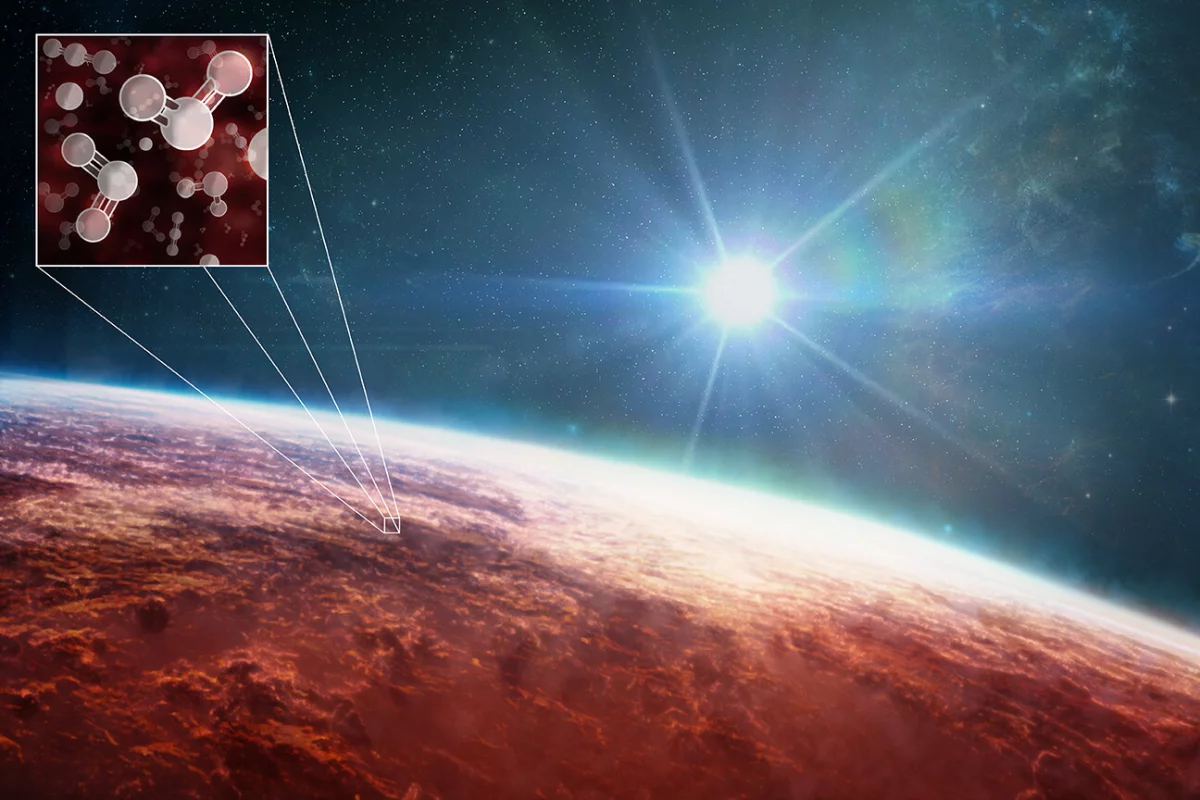NASA’s James Webb Space Telescope has provided the most detailed look at the atmosphere of an exoplanet ever. Analyzing data from four instruments, a team of astronomers was able to compile a complete molecular and chemical profile of the planet, including signs of active chemistry.
One of the main goals of the Webb telescope is to analyze the atmospheres of exoplanets in more detail than ever before, in the hopes of potentially finding worlds that could – or do – support life. In the telescope’s first data release back in July, it detected the signature of water vapor in the atmosphere of the planet WASP-96 b, and later carbon dioxide on WASP-39 b.
Now James Webb has examined the latter planet in far more detail, painting a complete picture of the entire composition of its atmosphere. WASP-39 b was found to contain sulfur dioxide, carbon dioxide, carbon monoxide, water vapor, sodium and potassium. Meanwhile, methane and hydrogen sulfide were not detected. Not only does this mark the first detection of sulfur dioxide in an exoplanet atmosphere, but it's the first direct sign of active chemistry on an exoplanet, since this molecule is formed from chemical reactions set off by the light from the host star.
“We had predicted what [the telescope] would show us, but it was more precise, more diverse, and more beautiful than I actually believed it would be,” said Hannah Wakeford, an author of the study.

Webb detects these molecules by studying a planet’s spectrum as it passes in front of its host star. Different chemicals absorb different wavelengths of light to different degrees, so by analyzing the starlight as it filters through the planet’s atmosphere, astronomers can tell what molecules are present based on which colors are blocked. James Webb focuses on infrared light, allowing it to pick up details other telescopes would miss.
The chemical fingerprints and specific ratios of different molecules can tell scientists much about how a planet formed. For instance, WASP-39 b seems to have been born a long way from where it is today, and it gobbled up a few sibling worlds along the way.
“The abundance of sulfur [relative to] hydrogen indicated that the planet presumably experienced significant accretion of planetesimals that can deliver [these ingredients] to the atmosphere,” said Kazumasa Ohno, an author of the study. “The data also indicates that the oxygen is a lot more abundant than the carbon in the atmosphere. This potentially indicates that WASP-39 b originally formed far away from the central star.”
The ultimate goal of James Webb’s atmospheric analyses is to hunt for direct signs of life. That wasn’t going to happen with WASP-39 b, since it’s a gas giant like Jupiter, but on rocky planets like those in the TRAPPIST-1 system, signatures of molecules like methane could be a marker of alien life.
The research was outlined in five papers, which are all at varying stages of publication with Nature [1],[2],[3],[4],[5].
Source: NASA





